The original rainbow flag created in 1978 was a symbol of hope and inclusion for queer people, but Gilbert Baker, a driving force behing the flag, also advocated for its evolution over the years as the LGBT community grew and identities emerged. But when Philadelphia introduced a Pride flag last summer with a black and a brown stripe added to it to be sure people of color knew they were included in the flag's message, there was a backlash. Now an artist is raising money for a new flag that incorporates the black and brown stripes along with the colors of the transgender flag in the form of an arrow to indicate progress.
When Philadelphia unveiled its new pride flag last June, traditionalists bucked against the new design, flatly decrying it as "ugly" or arguing that it was redundant because the rainbow flag is already inclusive. Meanwhile, those in favor of the additional stripes viewed it as a way to reclaim the movement from the sole space of cisgender white gay men who've historically run LGBT organizations and who've garnered much of the attention around issues facing the community.
Artist Daniel Quasar, who launched the Kickstarter for "'Progress' A Pride Flag Reboot," seeks to raise $14,000 for manufacturing the flag, for stickers, and for shipping.
"When the Pride flag was recreated in the last year to include both black/brown stripes as well as the trans stripes included this year, I wanted to see if there could be more emphasis in the design of the flag to give it more meaning," Quasar, who identifies as a "queer non-binary demi guy" and goes by pronouns he/him and xe/xem, wrote about the inspiration to carry the meaning of the flag further.
"The initial idea was important because I felt like I could bring something to the table when it came to the way the flag was shifting within the community. I am a designer and I wanted to make a change where I saw there was an opportunity. A positive change, in my mind at least," Quasar wrote on Kickstarter.
In response to the black and brown stripes added to the Philadelphia Pride Flag, Rev. Irene Monroe, a queer woman of color explained why the addition of the stripes was meaningful.
"The Stonewall Riot ... started on the backs of working-class African American and Latino queers who patronized that bar," said the reverend, who witnessed the 1969 riots firsthand. "Those black and brown LGBTQ people are not only absent from the photos of that night but have been bleached from its written history."
At the time, Monroe acknowledged that the Pride flag was originally a symbol of inclusion for everyone but that the meaning got lost over the years.
"I think it's unfortunate that we have to be even more intentional because the whole idea of the rainbow flag was that it included everybody," Monroe said. "By putting in those extra colors they're saying, 'You're not doing it,' and it's just unfortunate. I mean, I find that pretty sad that it has to now be that intentional, because of years of being tone-deaf that the rainbow includes everybody."
The comments section of Quasar's Kickstarter page already reflects the controversy over how best to include everyone as queer people claim more identities. One omission evident at first glance is that the colors of the bisexual flag are not included. The Advocate reached out to Quasar for comment on not including the colors of the bisexual flag:
"My redesign wasn't an attempt to exclude any specific group. I saw what was already being added to the flag in other locations and wanted to improve on those thoughts. With that being said, I would say it has more to do with why the other groups added the additional stripes. The additions weren't about whether a group felt excluded or not. It was about the greater oppression and even violence against those groups that spawned the desire to create emphasis on the flag. Queer and trans people of color are being targeted and killed for living their authentic self. That is why other groups added those stripes. I came in to redesign them to bring focus and highlight that. The rainbow represents us all, however that doesn't change the fact that there are those within our community dealing with higher rates of violence and targeting."








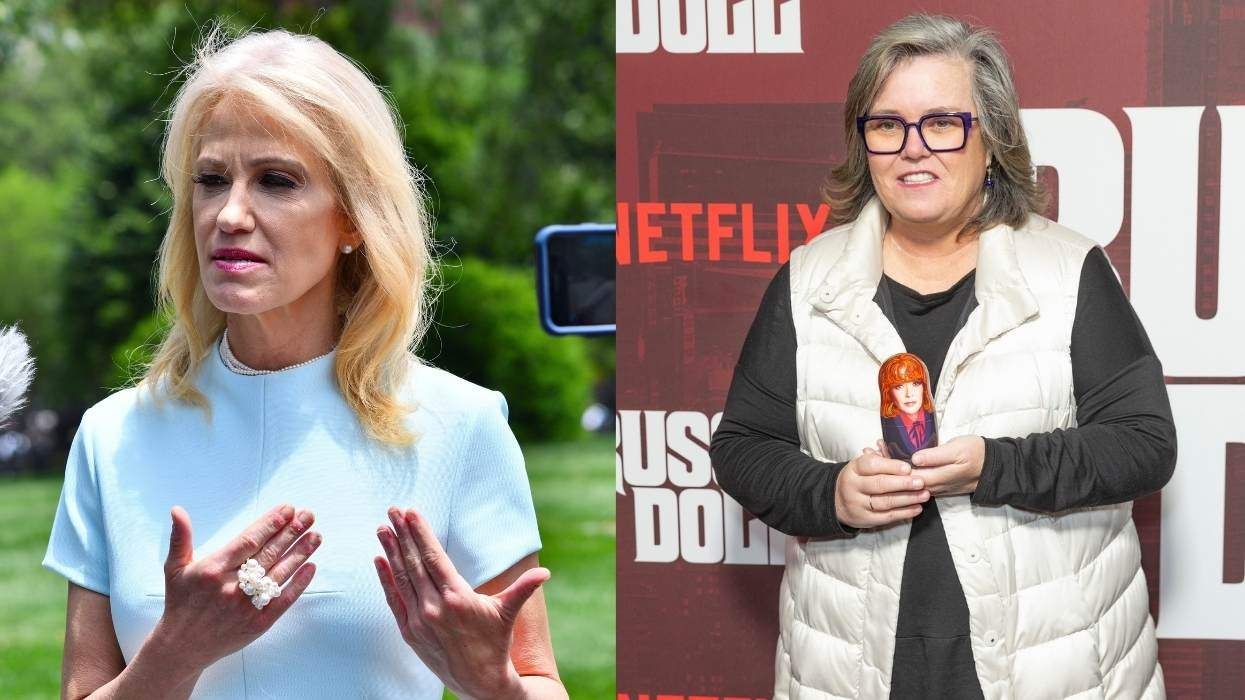
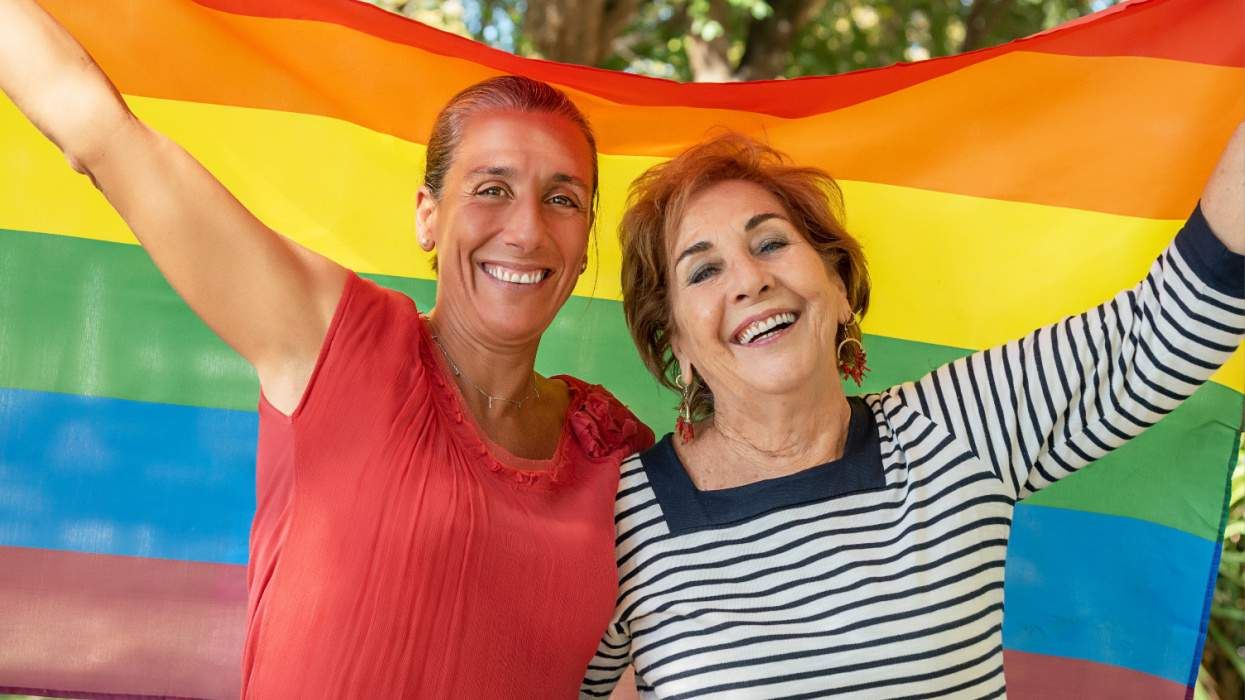
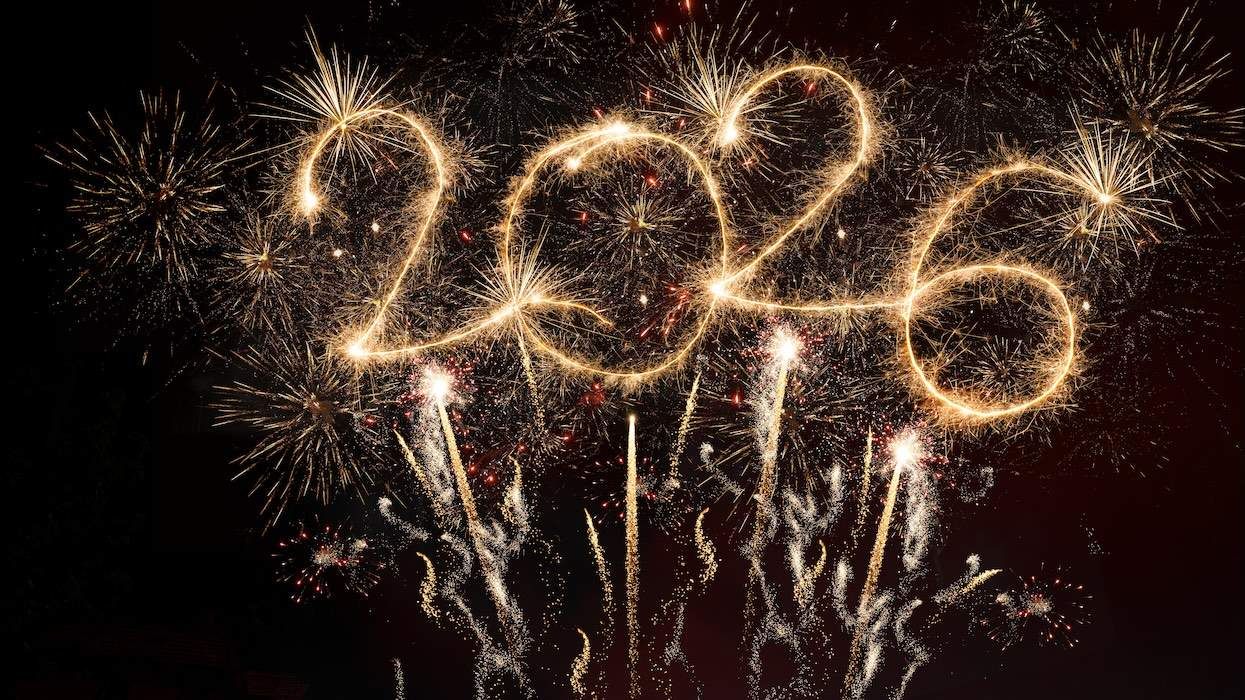
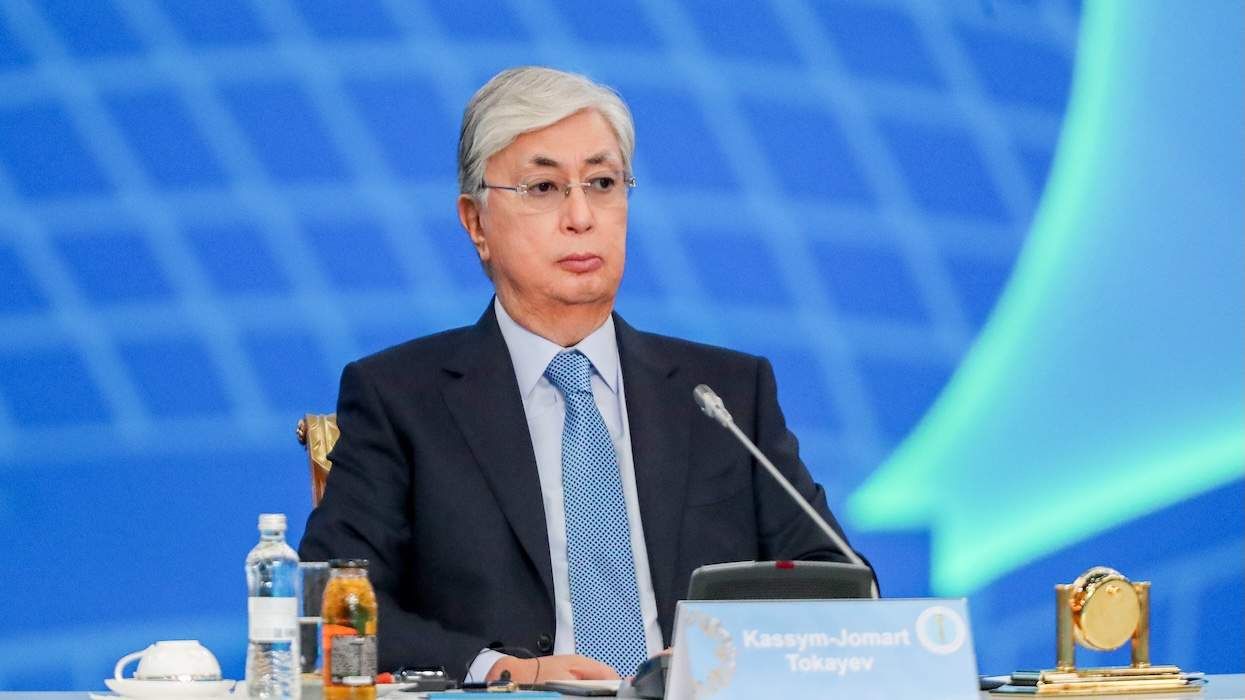

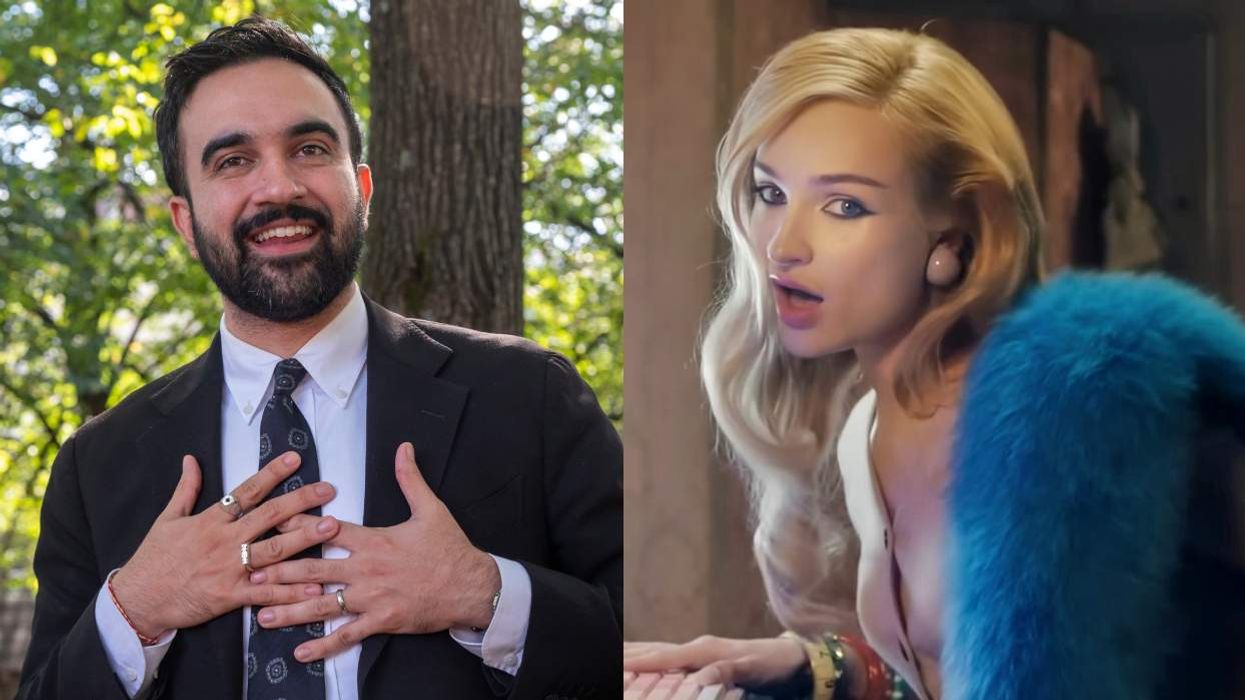
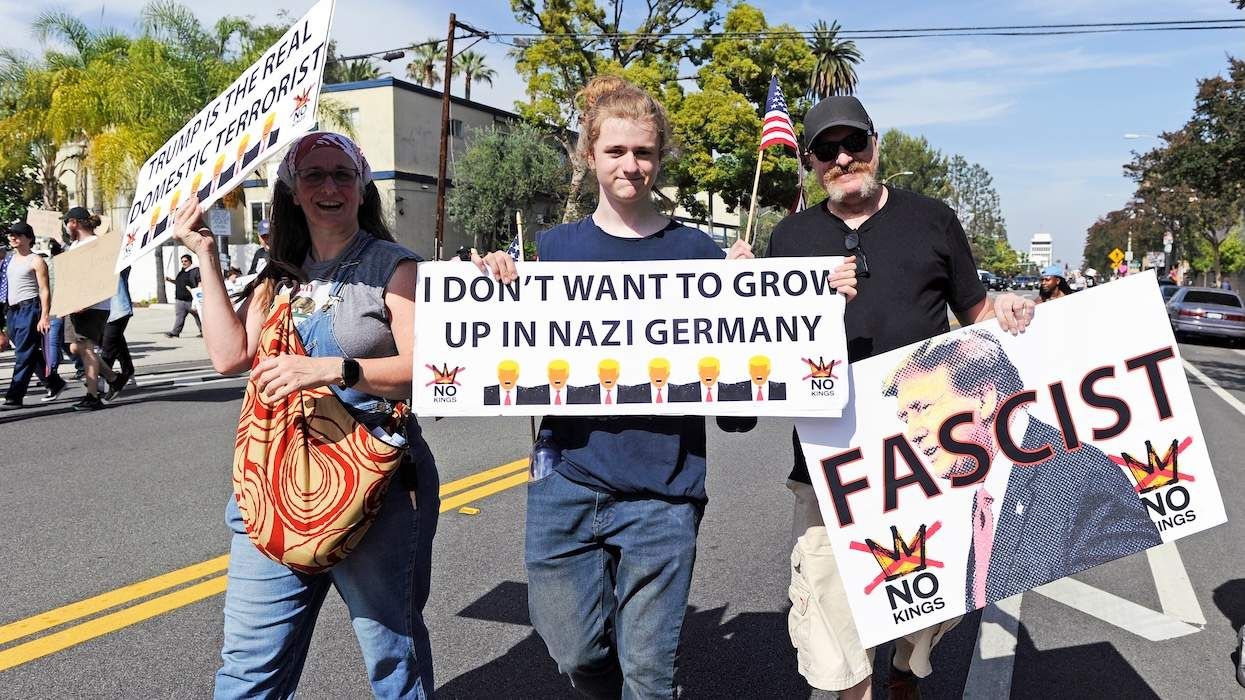
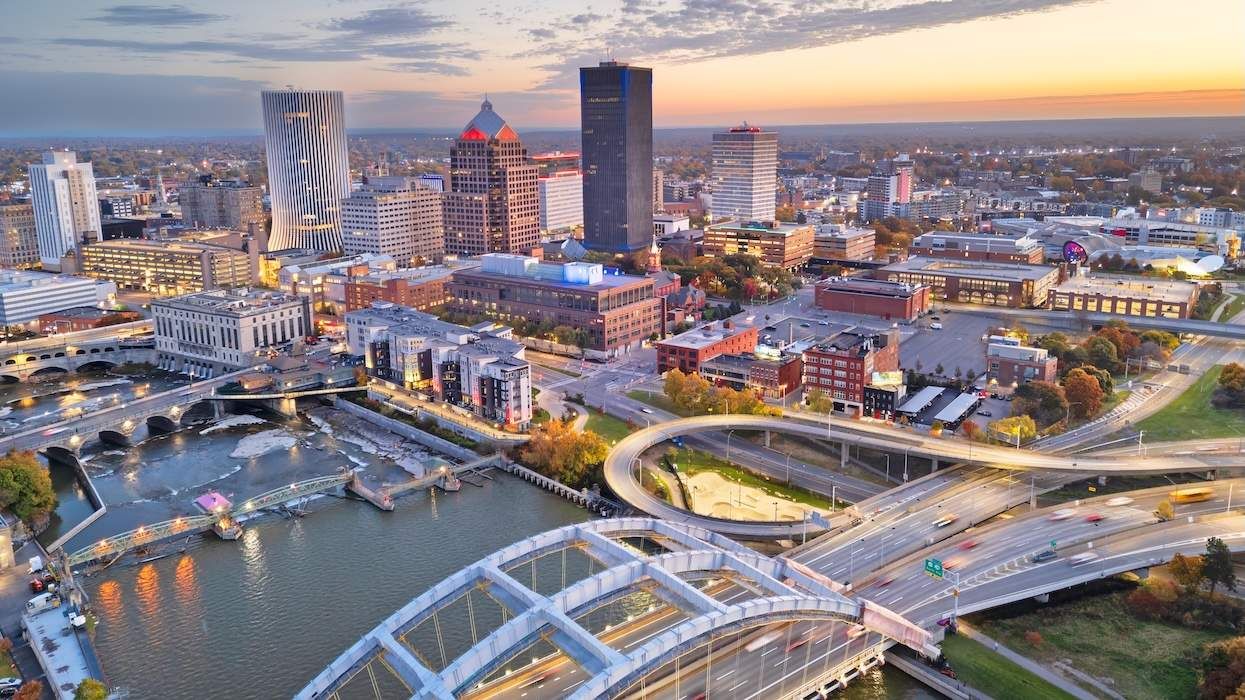
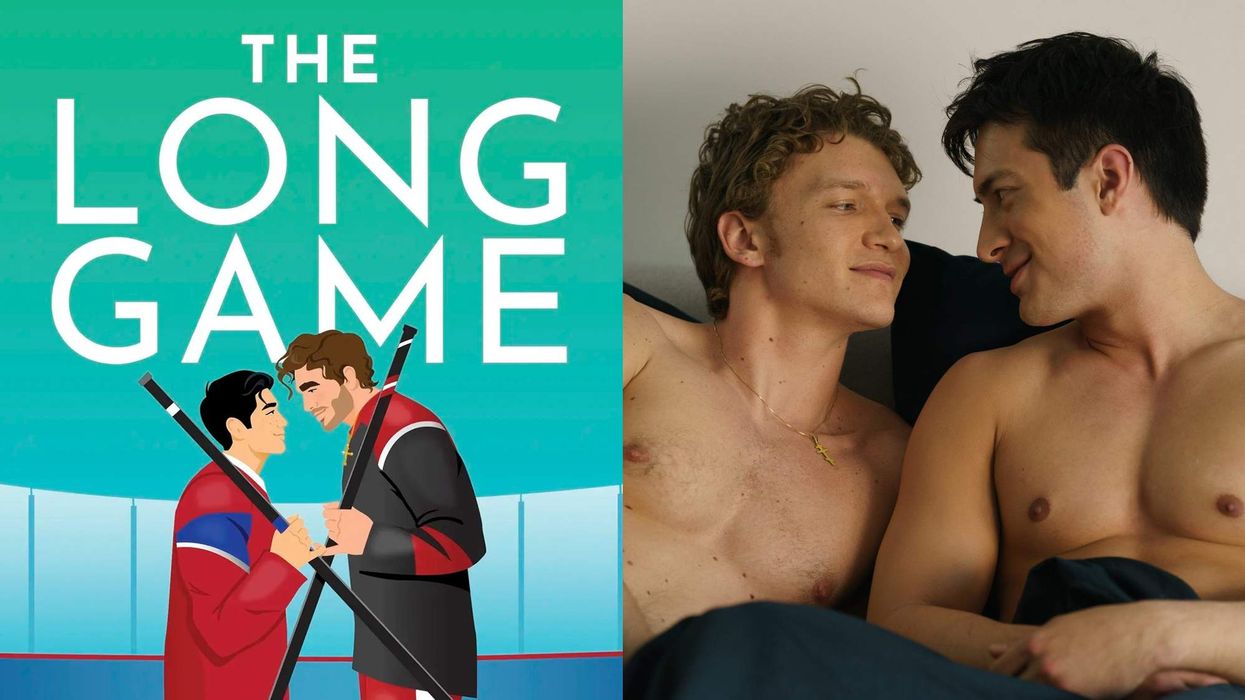
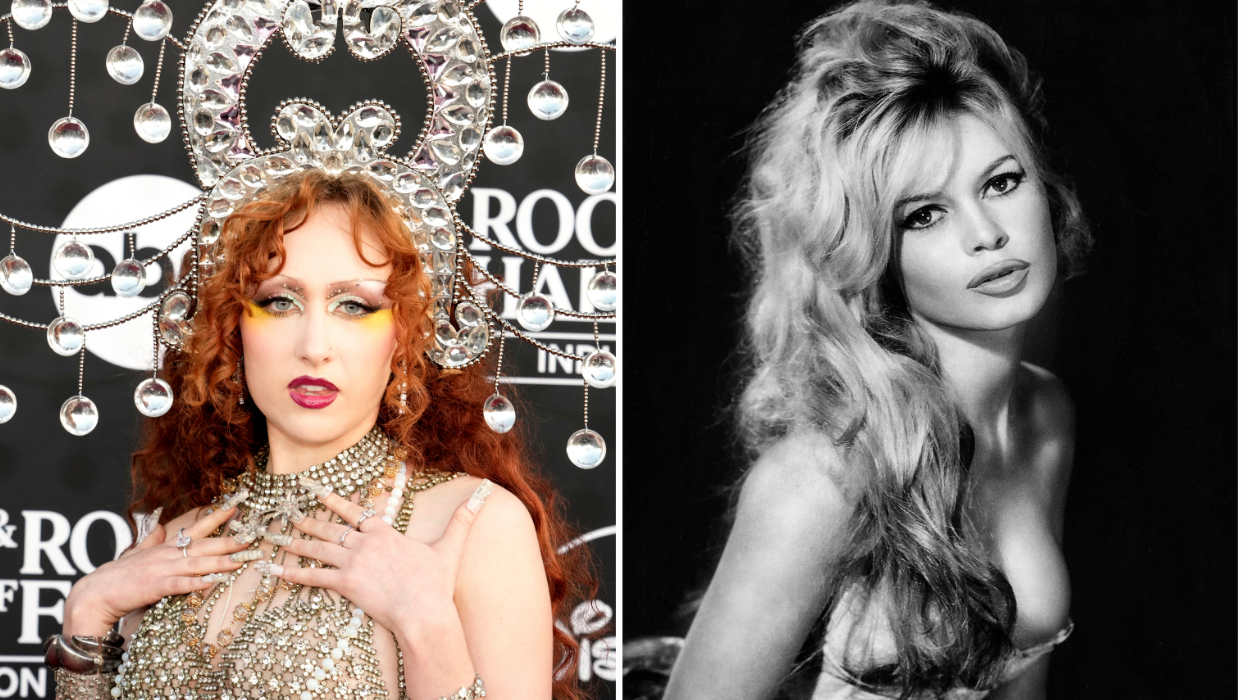

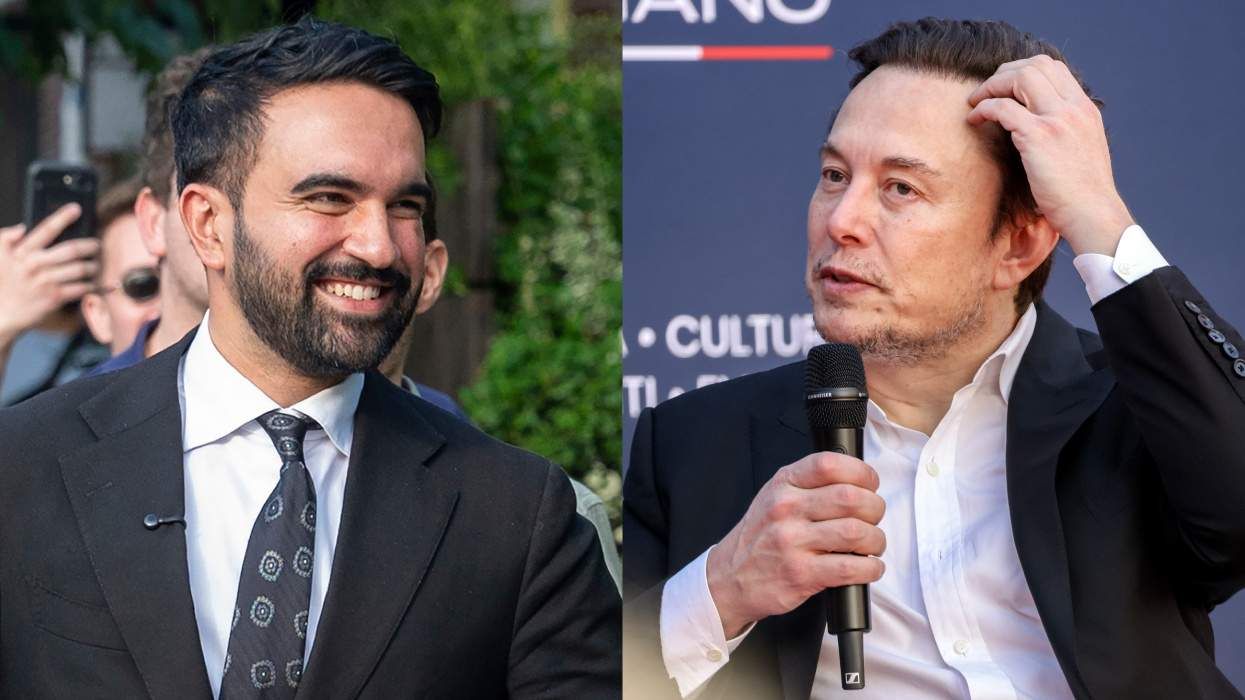
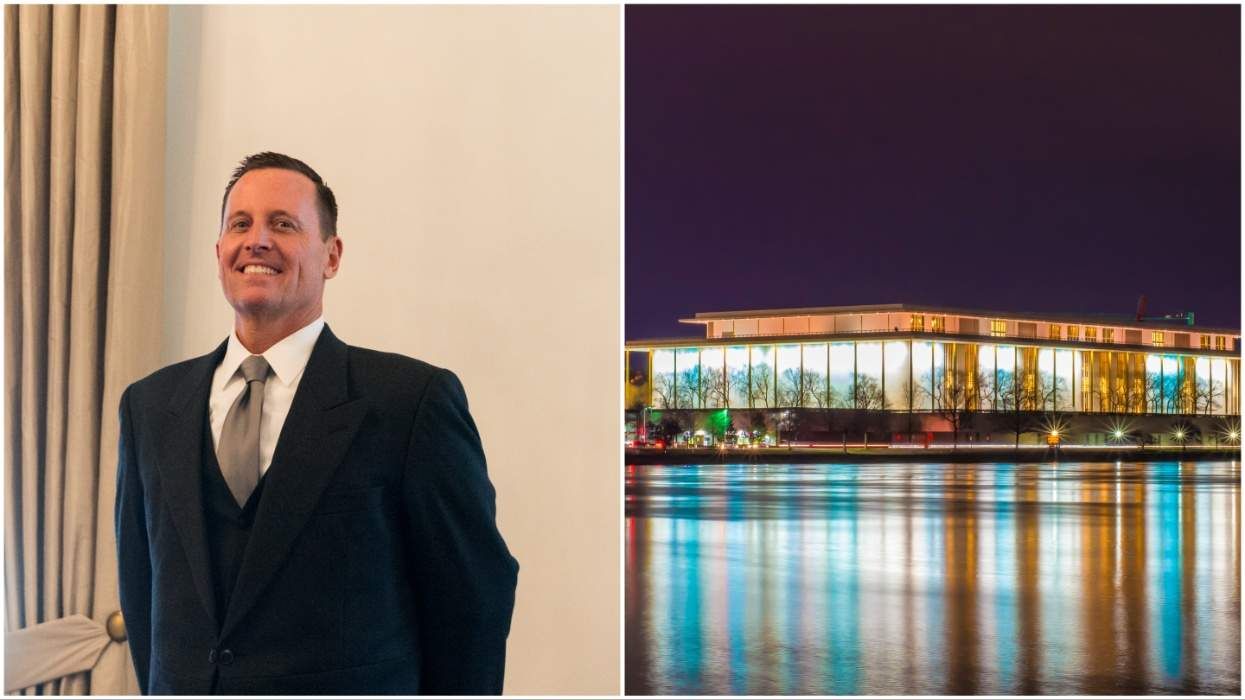

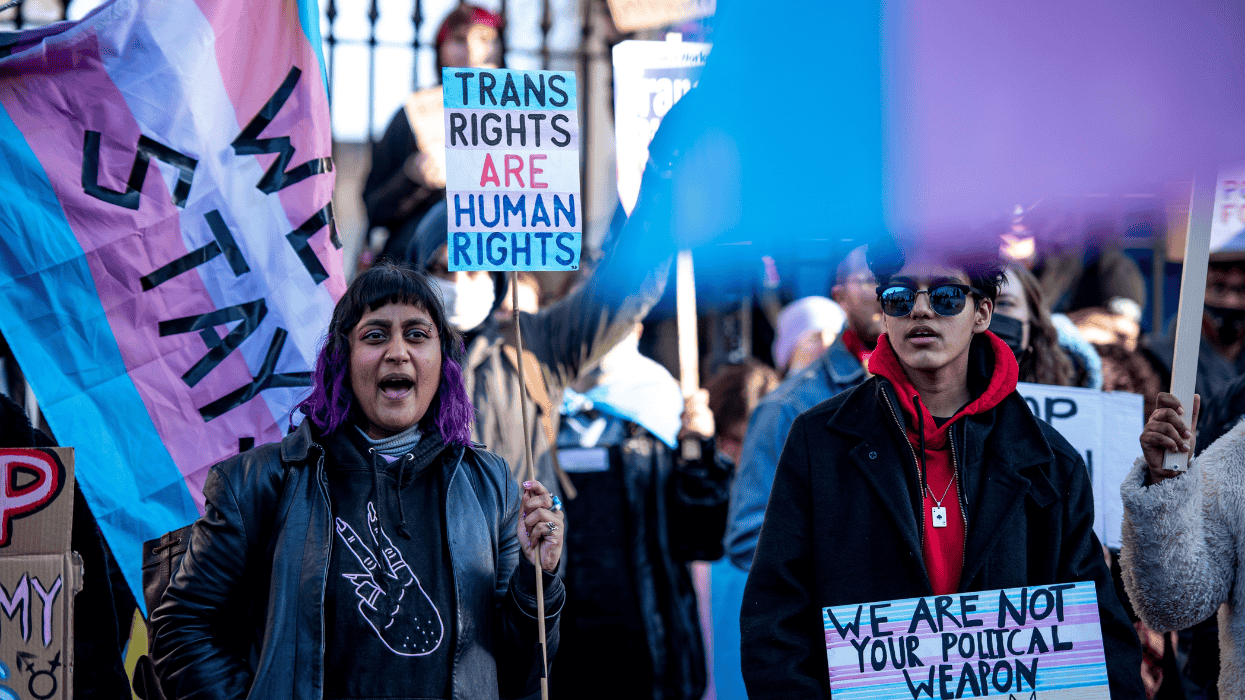
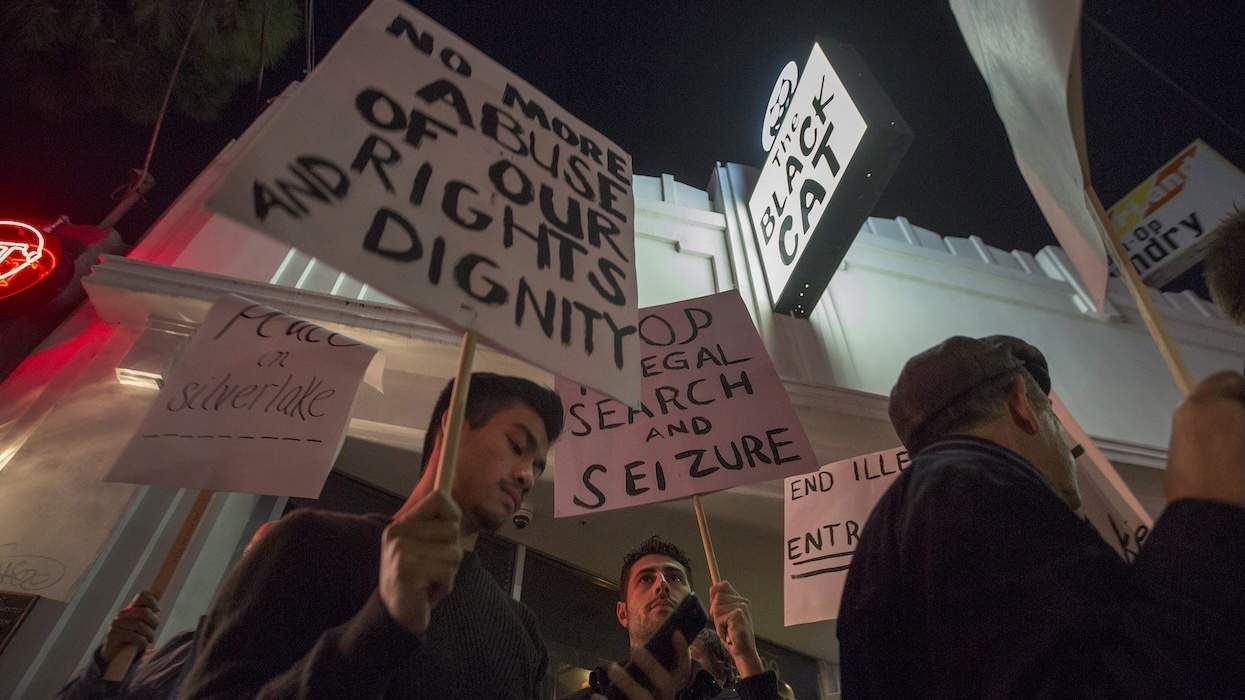
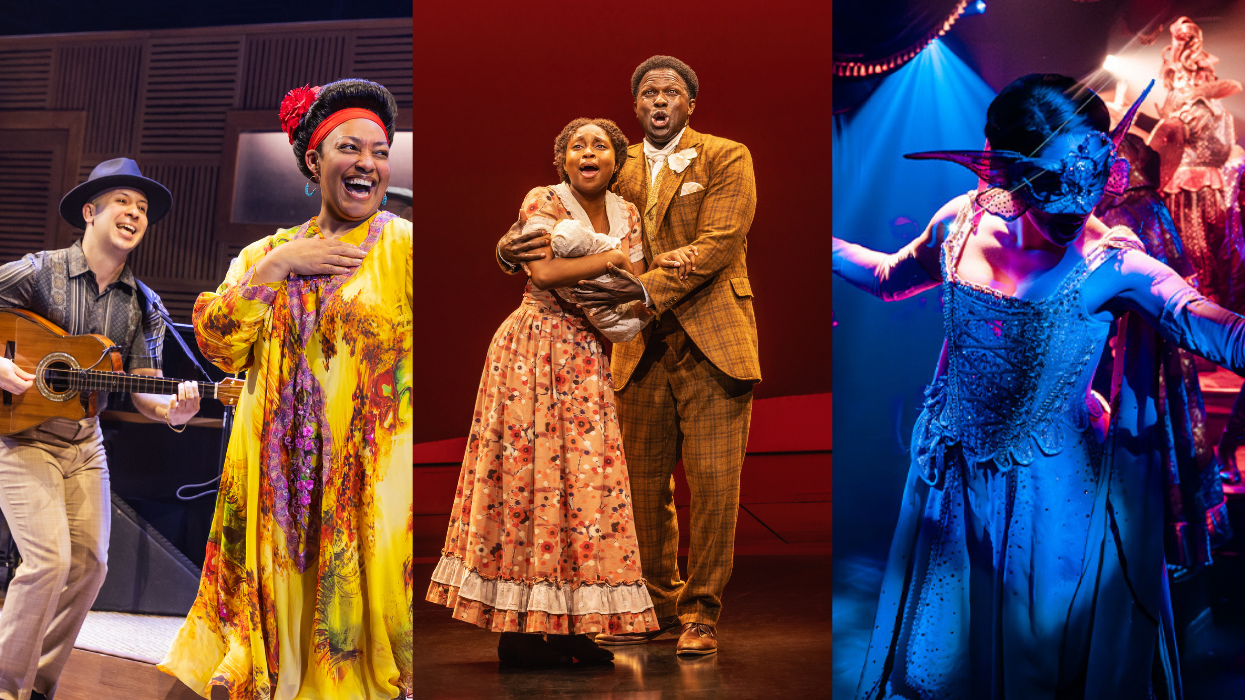
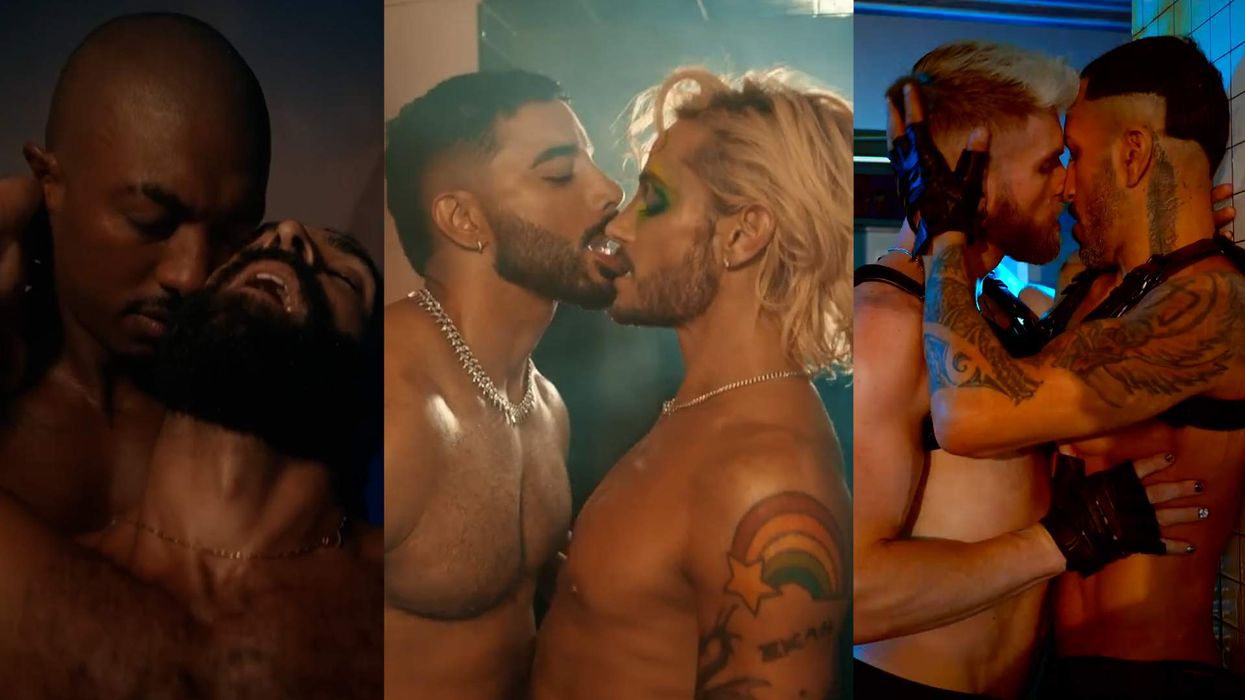
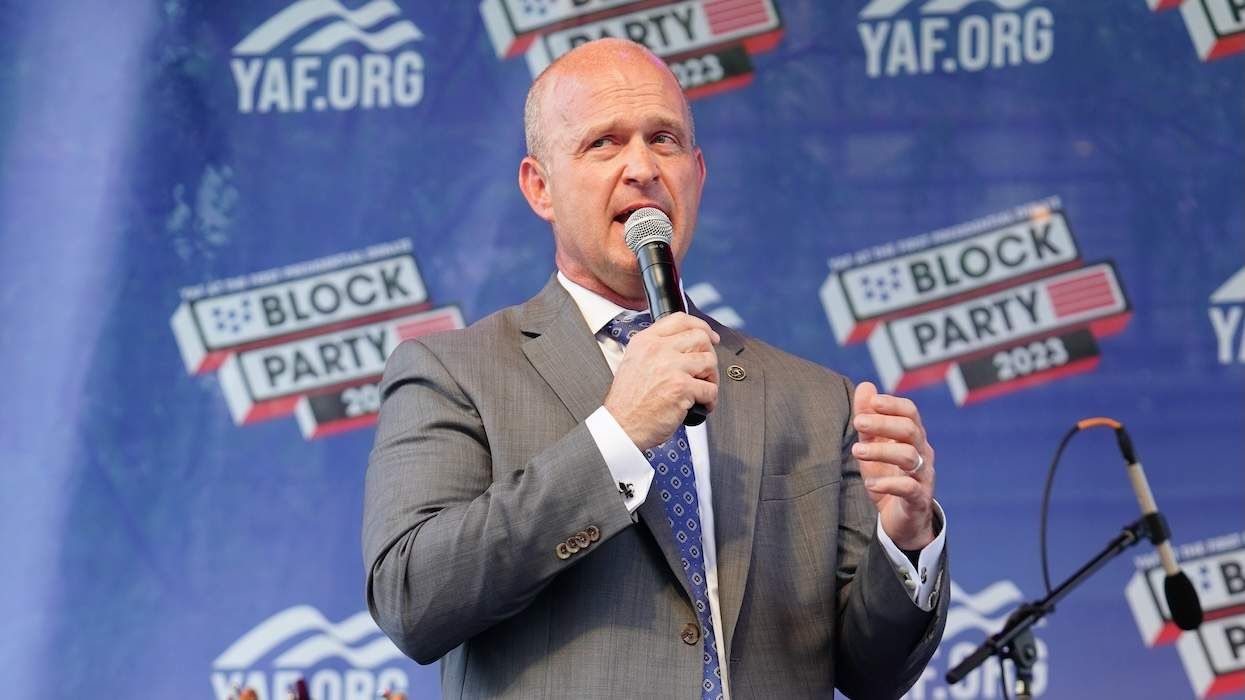

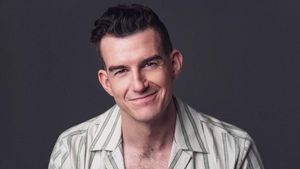


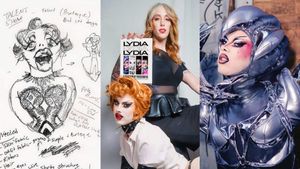




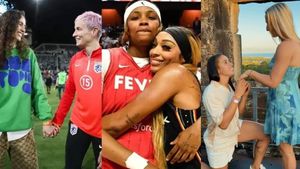


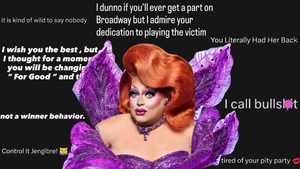



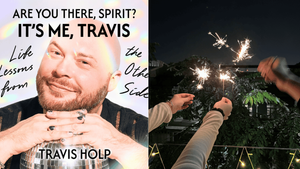








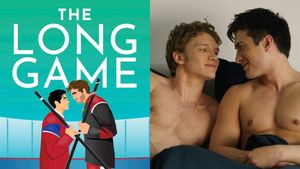



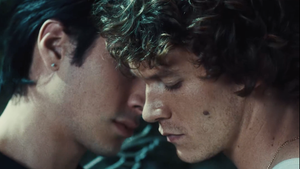








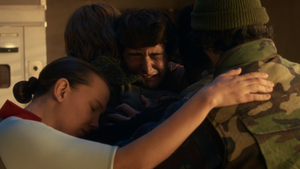



Charlie Kirk DID say stoning gay people was the 'perfect law' — and these other heinous quotes